Murder at Wolseley Barracks (1908)
Topic: Wolseley Barracks
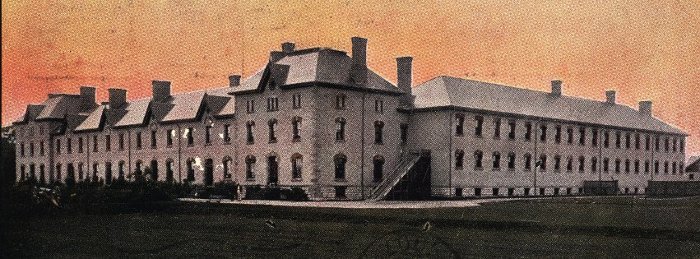
Murder at Wolseley Barracks
Shot his Sergeant
A Drunken Soldier's Crime at Wolseley Barracks, London
Moir Not Yet Captured
Windsor; The Evening Record, 20 Apr 1908
Victim had remonstrated with him for being intoxicated and untidy — Uses rifle and escapes —
Murderer has Revolvers and ammunition with him — Seen near St. Mary's yesterday
London, April 20.— Private Moir, orderly at Wolseley Barracks, who at midnight Friday short and fatally wounded Col.-Sergt. Henry Lloyd of Stratford, has not yet been captured, although he was heard of in the vicinity of Grove Post, and later onn he asked a man for food, but didn't get it. He stayed over night and was seen yesterday on the G.T.R. track near St. Mary's. Detectives set out after him on a hand-car.
He has abandoned his rifle, but has two heavy revolvers. he took a child's peak cap in place of his own military one.
Moir is said to have an ugly disposition. he had been drinking during Good Friday and on returning Lloyd, who was in command of the guard, reprimanded Moir on his condition, and declared that he would be reported to the commanding officer in the morning for being improperly dressed. Moir becamce very argumentative, and somewhat abusive, and Lloyd allowed him to go to his quarters without further protest.
Shortly afterwards a noise like like that of a rifle shot was heard, and Orderly Officer Lieut. Morris came to Sergt Lloyd and asked him who was the last man in. As the shot appeared to come from the hospital section, Lieut Morris asked Lloyd to investigate. He and Morris then went down into the sleeping quarters of the orderlies.
The room was quite dark, but Moir was seen in the corner with a rifle in his hand. Lloyd asked him to lay down the rifle, and he went over towards Moir. the latter raised the rifle. Lloyd saw the movement and jumped towards Moir. There was a report, and Lloyd sank to the floor with a groan.
Morris hurried away to call the guard and Moir escaped.
Moir is an old soldier, so it is said, and was a private in the old Gordon Highlanders. He fought with the regiment through the Boer war. He has also seen service on the frontier.
He always carried firearms and, it is said, would shoot on provocation.
The revolver he carried was an army revolver. Moir also had another revolver which he borrowed from one of the other soldiers.
Moir evidently determined to commit the deed after the reprimand administered by Sergt Lloyd. he took down the rifle and loaded it, with a steel-capped cartridge. he then buckled on a bandelero belt, filled with cartridges from Pte Brady.
“Moir used to drink some, but was not a heavy drinker,” said one of the privates, who was well acquainted with Moir. “He used to be a cordite-eater. That acts like dope, and it used to make him wild at times He was particularly bad when he was drinking, as he seemed to be worse.”
Cordite eating was somewhat common in South Africa, it is said. The men remove the cartridges and eat the powder. It is a powerful stimulant, and acts much like morphine and other drugs of that sort.
Lloyd was about 25 years of age, fair complexion with a light mustache. His home is in Stratford, and he was attached to the 28th Battalion. For several years past he has been taking courses at the barracks.
Murderer Moir is Taken Near Guelph
Private Who Slew Sergt. Lloyd at Wolseley Barracks was Captured on Farm,
Where He had Been Working, After Hard Battle
The Evening Record, 11 May 1908
London, Ont., May 11.— After fighting like a mad beast for fifteen minutes with two powerful men, private William Alexander Moir, adjudged by a jury to have been the slayer of Color-Sergt. Harry Lloyd at Wolseley barracks on the night of Friday, April 17, was snatched from liberty into the arms of the lawat about 6 o'clock Saturday night on the farm of the Robb family, four miles north of Elora, which is thirteen miles northwest of Guelph. Moir's captors were Chief Constable Farrell and Constable Coughlin, of Arthur, a village ten miles north of the capture.
Moir struggled against these strong men for a quarter of an hour, after they had come close enough to him through a ruse that they were trying to buy horses. They, to use their own words “did not want to hurt him,” and they wore him out. Before they did place the steel wristlets on Moir, they were tumbled over a stable floor, kicked at and struggled with by a man whose fury and hated culminated in a final vicious storm that gave him a superhuman strength, which was its own defeat.
He lips flecked with foam, his eyes standing out like bullets, and his hands gnarled out of shape by his struggle, Moir was a horrible looking object when the officers lifted him into a buggy and carried him from the quiet, seldom-visited farm, where he had worked since the night of April 22 as a farm laborer. This was five days after his crime.
In speaking of the capture of Moir Constable Farrell said: “Moir called loudly all through to David Robb to come and help him, but Rodd evidently knew who he was and refused. Then he cursed and actually foamed at the mouth. he was in the vilest mood I have ever seen a man, and if he had been able to get a revolver he would have made short work of us.
“After the three of us had fought all over the floor of the barn and tumbled into the horses' stalls, we were able to get the handcuffs om the man.”
Moir had been working on the Robb farm for $20 a month.
Will Moir be Given Freedom?
Case of Lloyd's Slayer Is to Come Before Minister of Justice
The Toronto World, 30 July 1913
Private William A. Moir of the Canadian regular forces, who was committed to life imprisonment for the murder of Colour-Sergt Lloyd at Wolseley barracks, London, in 1908, and only escaped the gallows by pleading temporary insanity, is credited with having stated recently that he never had an epileptic fit in his life. He is at present confined in the Central Prison as a criminal lunatic.
At the conclusion of his trial he was placed in the Hamilton Asylum, but escaped from that institution, taking a desperate chance one night when a window was negligently left unbarred. Upon recapture he was transferred to the prison where he has been employed in the machine shop.
Liberty Doubtful
Applications recently made to the minister of justice for his release are based on his declaration of sanity and on his consistent good conduct since his commitment to the Central Prison. In view, however, of the circumstances of his crime, which was perpetrated in cold blood, it is not considered likely that the man, who is either a murderer or a lunatic, will be set at liberty.
Negotiations will be opened with the provincial secretary, as prisoners confined in the Central Prison under the designation of criminal lunatics, are under the jurisdiction of the province.
100 Years Ago: Thursday, May 14, 1908
Orangeville Citizen; 14 May 2008
Private W. Moir, who stands accused on fatally shooting Colour Sergeant Lloyd, of Wolseley Barracks, London, on Good Friday. was captured four miles north of Elora on Saturday while working as a farmhand. The capture was made by constables from Arthur after a ten-minute struggle. Moir was armed with a 32 calibre revolver, loaded in five chambers. He says he must have been drunk when he shot Lloyd, as he did not know that he had killed him until he saw it in a Stratford paper on the Monday after. The news of his whereabouts was brought to Arthur by a man named Draper, a stage driver between Arthur and Fergus, who had seen him while passing the place where he was working.

Posted by regimentalrogue
at 12:01 AM EST
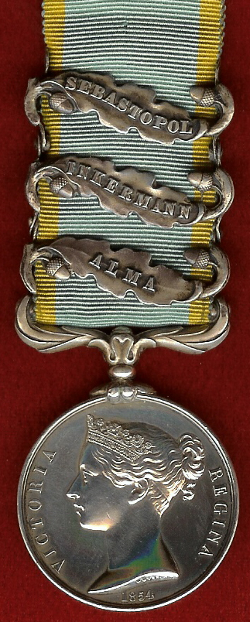 Never a word of a lie in it!
Never a word of a lie in it!

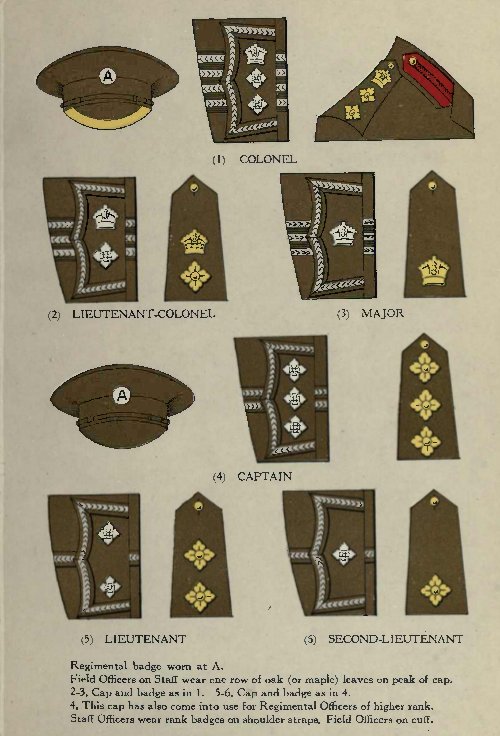




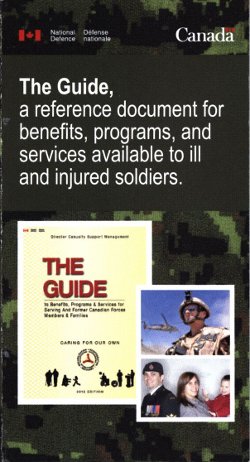
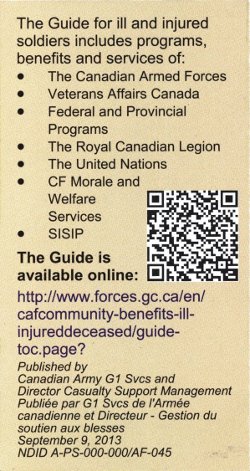

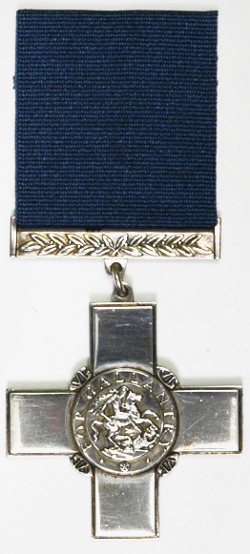

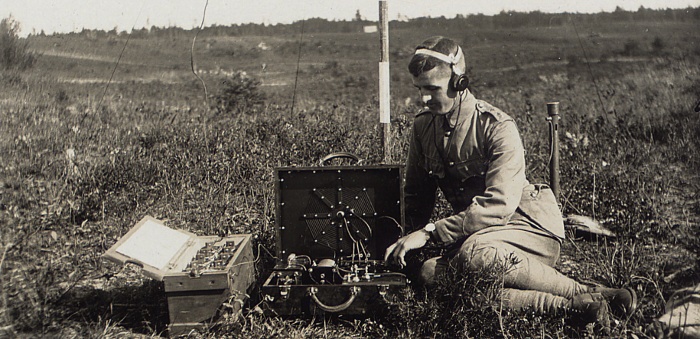
 The Responsibility of Perpetuation
The Responsibility of Perpetuation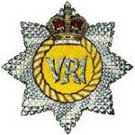 The following shows the
The following shows the 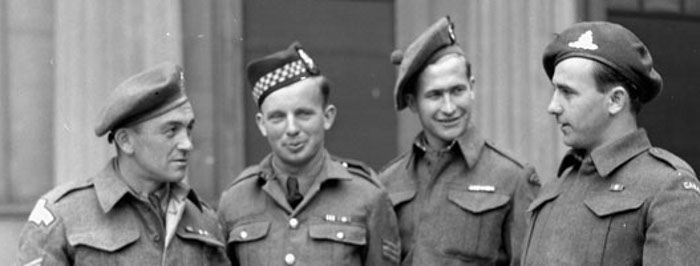

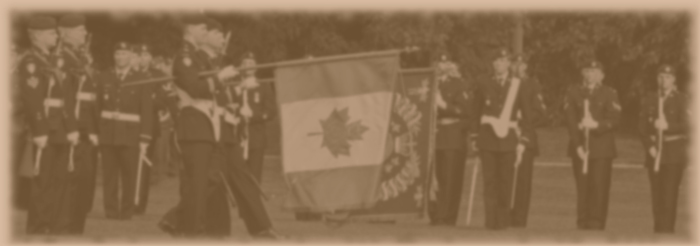
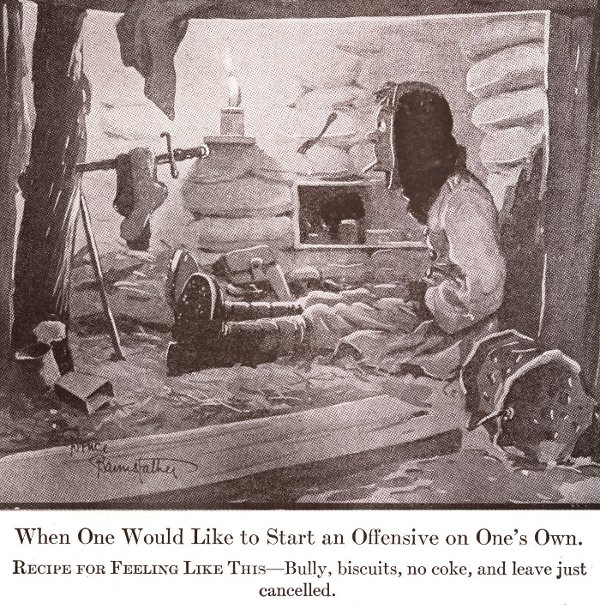
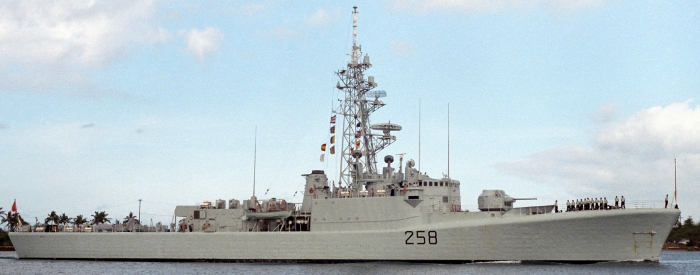
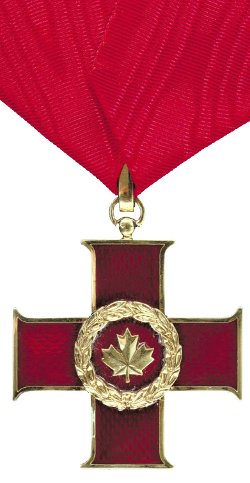
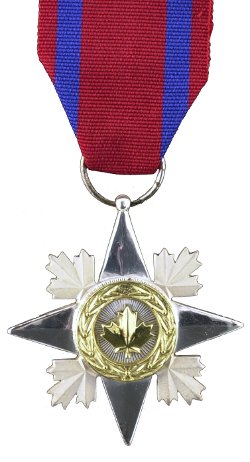
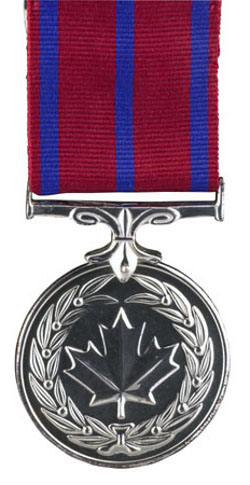
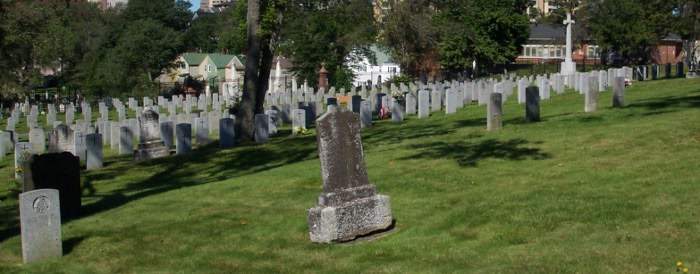
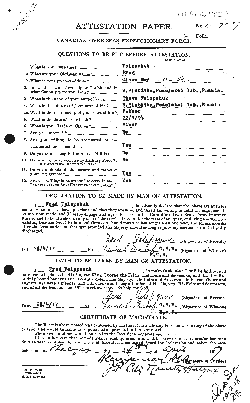
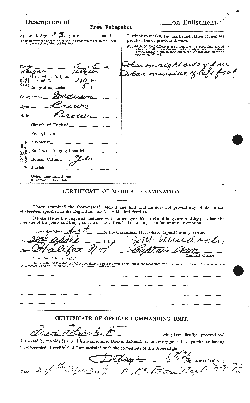
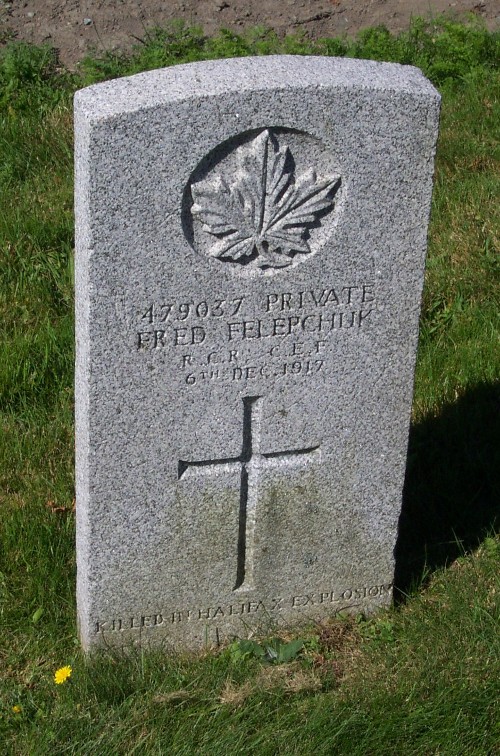
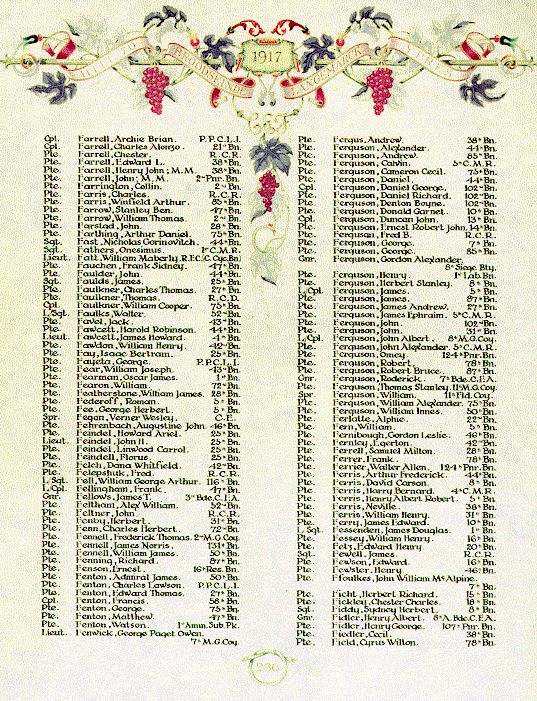

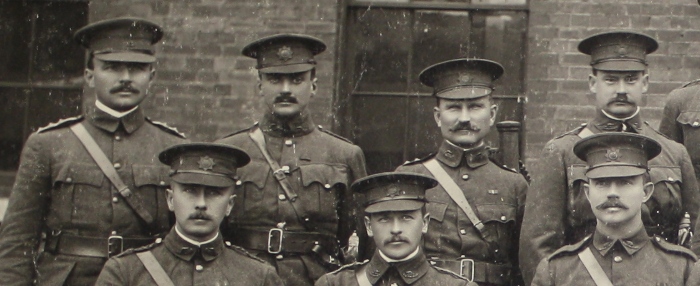



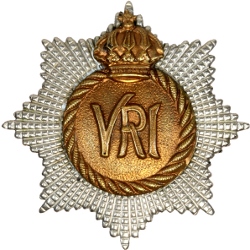

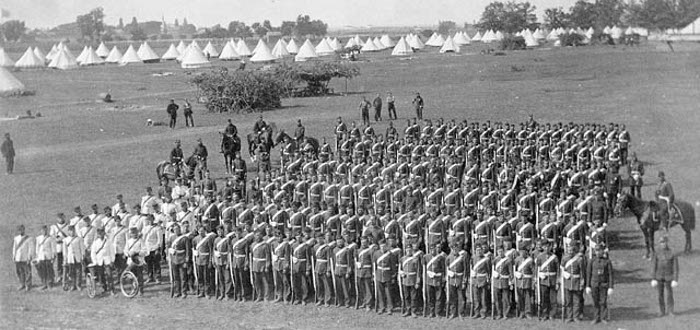 The 13th Battalion, Volunteer Militia Infantry, at the camp, Niagara, in the summer of 1871.
The 13th Battalion, Volunteer Militia Infantry, at the camp, Niagara, in the summer of 1871. 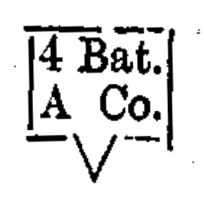 (15.) The Staff of Encampments should come provided with:—A measuring tape for correctly laying out the camp, a few boards with spike at bottom to show the battalion, company, etc., etc., a sufficiency of order boards for guards and sentries, shovels and picks for digging latrines, etc., axes, etc., and it is good practice to get the men to make (of branches of trees, etc .) sentry boxes for the sentries, and to erect racks for their arms and accoutrements near the tents.
(15.) The Staff of Encampments should come provided with:—A measuring tape for correctly laying out the camp, a few boards with spike at bottom to show the battalion, company, etc., etc., a sufficiency of order boards for guards and sentries, shovels and picks for digging latrines, etc., axes, etc., and it is good practice to get the men to make (of branches of trees, etc .) sentry boxes for the sentries, and to erect racks for their arms and accoutrements near the tents.